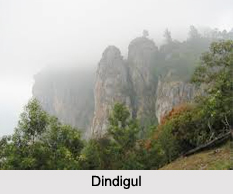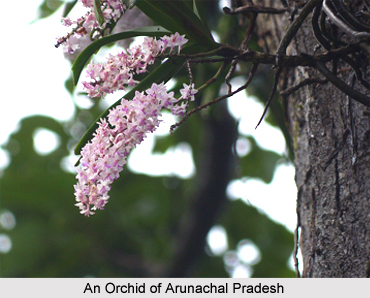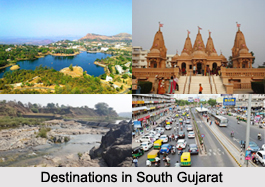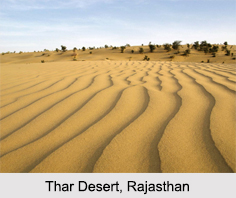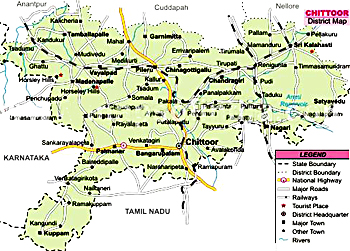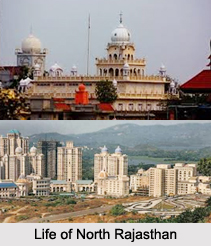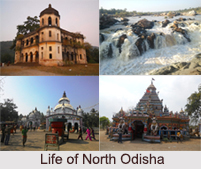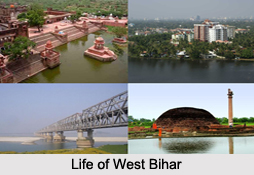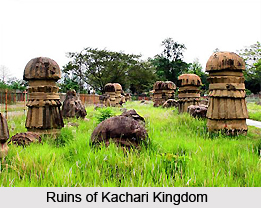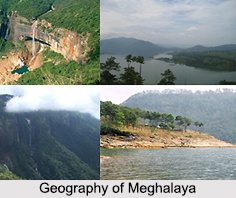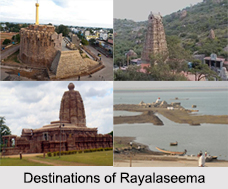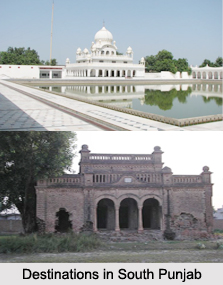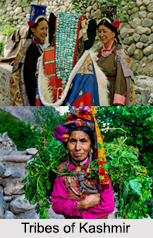 Tribes of Kashmir are the number of different tribal groups found inhabiting the Kashmir valley. According to Kashmir researchers, many inhabitants of Kashmir are descendants of the lost tribes who were exiled in 722 BCE. They wandered along the Silk Route into the countries of the East, Persia and Afghanistan until they reached the Kashmir valley and settled there. The wanderers settled in Kashmir, kept their traditions until they were forced to convert to Islam when the spread of Islam reached the valley. Tribes of Kashmir have descended from the Indo-Aryan group of people, which can be credited for the sublime beauty of this exceptional north Indian tribe.
Tribes of Kashmir are the number of different tribal groups found inhabiting the Kashmir valley. According to Kashmir researchers, many inhabitants of Kashmir are descendants of the lost tribes who were exiled in 722 BCE. They wandered along the Silk Route into the countries of the East, Persia and Afghanistan until they reached the Kashmir valley and settled there. The wanderers settled in Kashmir, kept their traditions until they were forced to convert to Islam when the spread of Islam reached the valley. Tribes of Kashmir have descended from the Indo-Aryan group of people, which can be credited for the sublime beauty of this exceptional north Indian tribe.
Different Tribes of Kashmir
There are numerous major tribes and sub-tribes in Kashmir. All the tribes of the state have its own distinct lifestyle. They have their own occupation, customs, costumes and festivals. The various tribes of Kashmir are Dogra, Khatri, Mahajan, Megh, Pahari, Gujjar, Chaupan, Bhand and many other miscellaneous tribes.
Dogra Tribe: The hilly tract extending to the plains of the Punjab from the snowy mountains bounding the Kashmir Valley on the south is the home of the Dogras. They belong to the race of Aryans and speak the Dogri language. There are numerous sub-castes among the Dogra population.
Megh Tribe: They form a more than fair proportion of the population and have undergone numerous disabilities, civic and religious. There are several interesting theories regarding the origin of the Meghs. They were originally Kshatriyas but, in order to escape destruction at the hands of Paras Ram Brahmin of the Ramayana period, they adopted the profession of weaving and called themselves Meghs.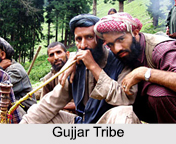
Pahari Tribe: The hilly country between the outer districts and the borders of the Kashmir Valley is occupied by an extremely energetic and active people called the Paharis. They lead a rough life, making a living by terrace cultivation on the slopes of barren hills. A mixture of the Pahari and the Kashmiri languages is spoken by them.
Gujjar Tribe: Another interesting hill people are the Gujjars. They lead semi-nomadic lives, moving in summer with their herds and flocks from the warm regions of Jammu. They are said to be Rajputs who migrated from Rajasthan and adopted the Muslim faith. Their language, Gujjari is now definitely recognised to be a form of Rajasthani.
Chaupan Tribe: Chaupans, the hereditary shepherds, who tend the sheep and cattle of the villagers during the summer months by taking them to green pastures on the various margs of high altitude. The Chaupans have some knowledge of simple herbs and bring them down for the poor villagers. In winter and early spring they live in the villages, where sometimes they possess a little cultivable land. Just like the Mullah, the Chaupans get their remuneration at the time of harvesting of crops in the shape of grains and cash.
Bhand Tribe: The Bhands or Bhagats correspond to the Mirasis in India and carry on the profession of singing and dancing and sometimes go in bands to perform short comic plays in different villages. They are in great demand on marriage and other festivals.
Other Notable Tribes of Kashmir
The Khatris and Mahajans form the backbone of trade and commerce in the Jammu province. The Thakkars follow agricultural pursuits. They are backward in education and farming methods. The Bombas and Khakhas are the inhabitants of the Jhelum Valley below Baramulla. They were a source of constant terror to the Kashmiris because they used to carry out looting expeditions into the Valley. There are tribes like Dums and Galwans which were once considered inferior to others. They have now acquired wealth and their social status has risen.







